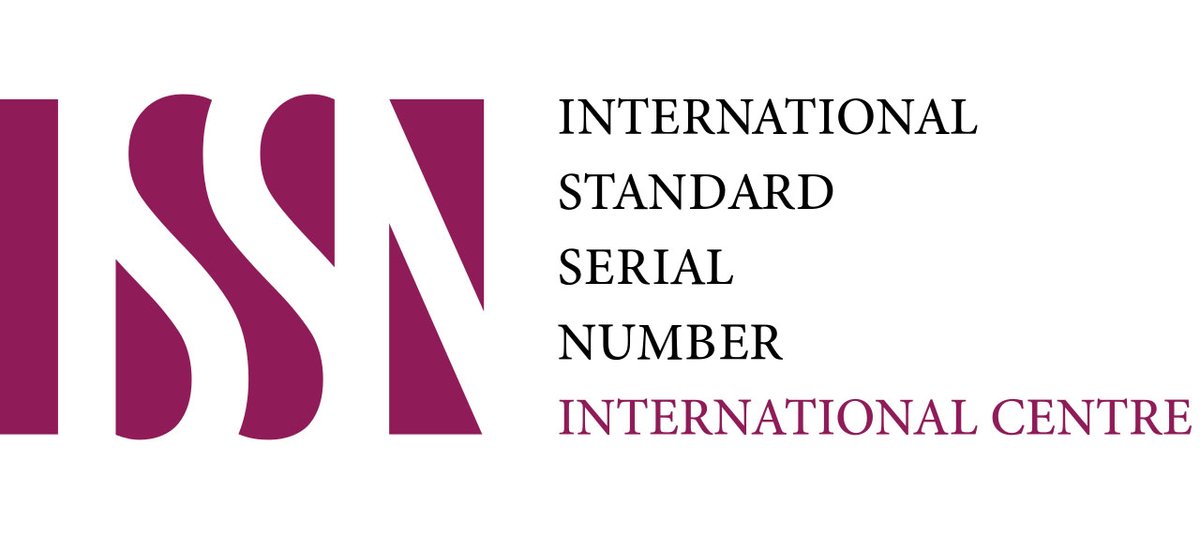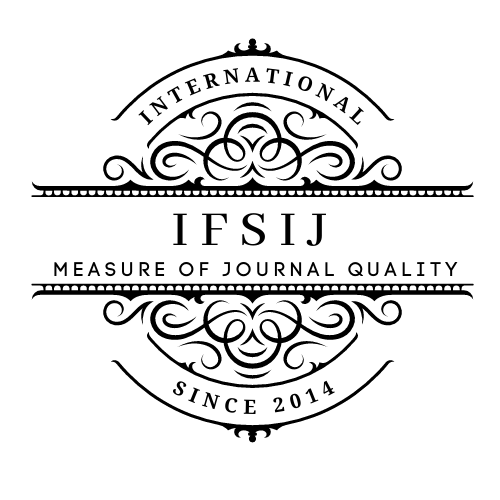OBLIQUE SPLIT TECHNIQUE IN SEPTAL RECONSTRUCTION: CLINICAL CASE
Keywords:
Oblique split, surgery, rib, cartilage.Abstract
The most crucial anatomical component for supporting the nose is thought to be the septum. Numerous possible causes could result in a significantly distorted or even reduced nasal septum. In reconstructive septal surgery, autogenous cartilage has long been regarded as the best grafting material for building the nose's architecture. Autogenous cartilage can be extracted from the auricle or the ribs in order to restructure the nasal skeleton. Costal cartilage is thought to be the best graft material for serious septal difficulties that require a substantial volume of tissues with severe structural abnormalities. The primary issue with costal cartilage grafting, aside from its benefits, has been warping. Straight costal cartilage grafts of different thicknesses can be obtained using the oblique split technique without running the risk of warping. Dorsal and caudal struts make up the segmental restoration of the L-strut using the oblique split approach, which allows for precise height modification of the repaired septum.
Downloads
Published
Issue
Section
License

This work is licensed under a Creative Commons Attribution-NonCommercial-NoDerivatives 4.0 International License.















